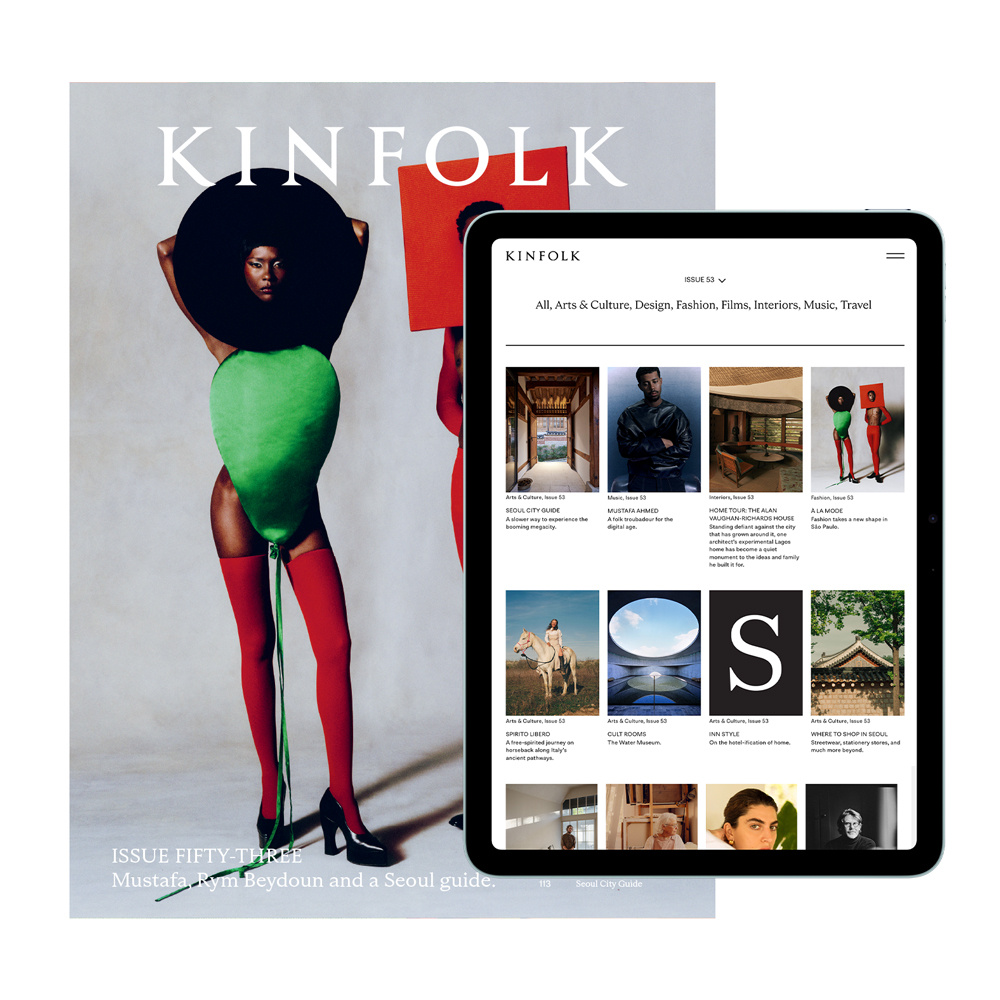
Sweet Spot The juvenile joys of the dimple.
Sweet Spot The juvenile joys of the dimple.
The appeal of the little dimple is simple. After all, it’s also known as a gelasin, derived from the Greek word meaning “to laugh.” As early as the first century, Latin poet Martial extolled its magnetic nature by deeming those without “the gelasin joyous” to have a “face less gracious.” Shakespeare exalts “pretty dimpled boys, like smiling Cupids” in Antony and Cleopatra, and in China they are still believed to be a sign of good luck.
Most attribute the age-old allure of the dimple to its representation of youth, approachability and innocence. Almost all babies sport them in their chubby cheeks, and since we’re hardwired to find newborn faces adorable, dimples elicit an almost Pavlovian tug.
The dimple, which results from a divide of the zygomaticus major muscle i...



